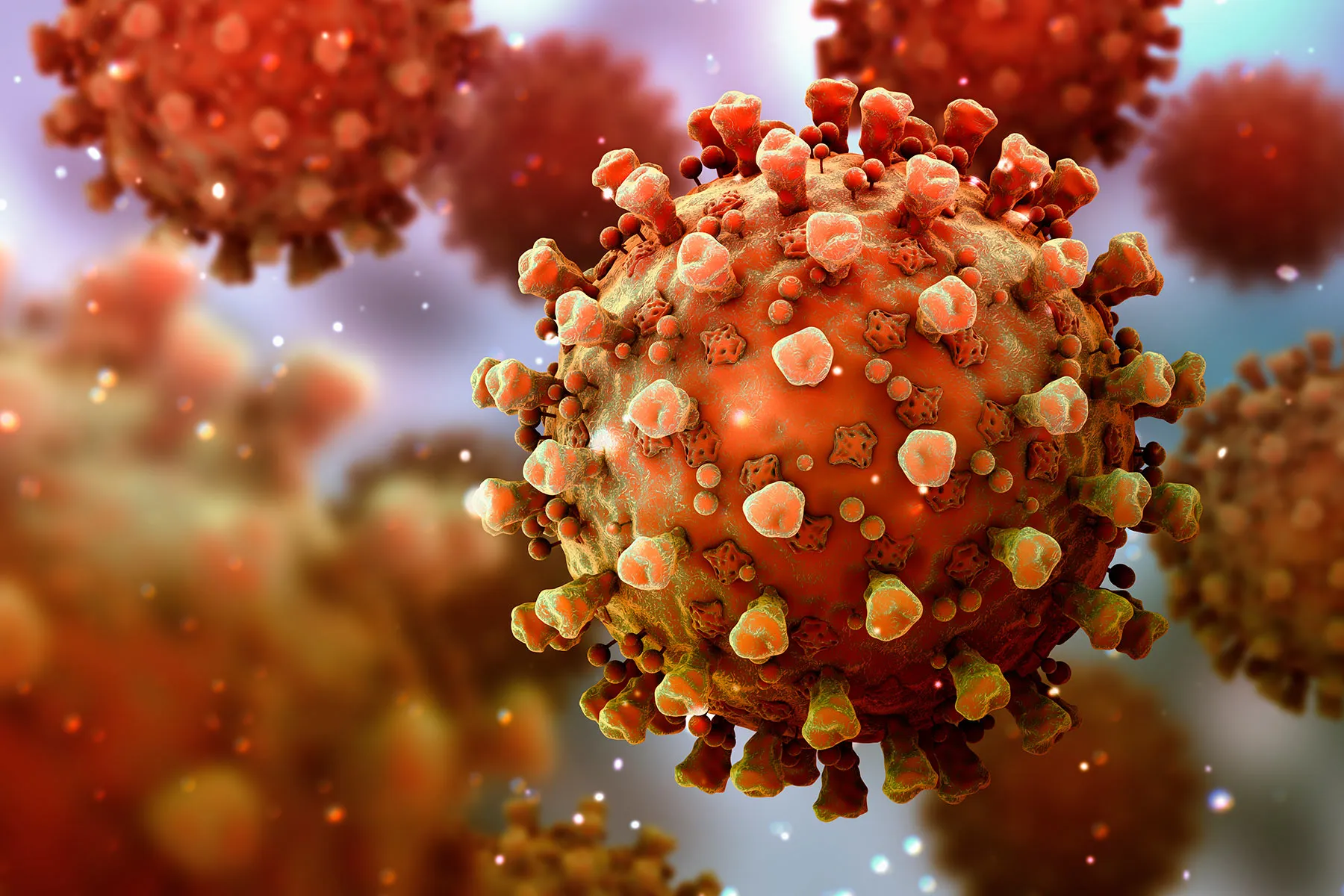At The Criminal Justice Safety Office
Columnist James M. Doyle imagines a system of 'Criminal Justice Safety Offices' that borrow lessons from workman's compensation and prioritize compensating victims of the public safety risks within the criminal justice system.

Governments pay compensation to victims of crime from taxpayer funds with broad public support.
But we seem to assume that the public abhors any compensation that aids the incidental victims of crime fighting.
Why would that be true? After all, each of us is subject to some risk of harm, however marginal, when the state’s monopoly on coercion and violence is exercised through an imperfect criminal justice system.
We may not know where or how often the danger will be realized, but we can’t deny that it’s there—endemic. Certainly—and especially—in neighborhoods where race and class subordination have prompted aggressive law enforcement that much is irrefutable.
Someone will be mistakenly stopped and frisked; someone will be needlessly shot—even killed—by police; someone will be erroneously charged; and some of those who are charged will be erroneously convicted and sentenced. Error is part of the human condition and criminal justice is conducted by humans.
Now, when the moment comes to consider compensating the victims of criminal justice disasters—police shootings, wrongful convictions, mistaken releases of predators—we activate an array of ramshackle Rube Goldberg machines to process claims.
The ensuing dysfunction is beyond belief. The process takes forever, it costs a fortune and big judgments are paid, others denied, nearly at random.
What if we disentangled compensation from punishment, deterrence and incapacitation—leaving those goals to be pursued independently? What if we connected compensation with healing and learning instead?
Suppose every state had an administrative office of Criminal Justice Safety, assigned to pay as much as possible, as promptly as possible in compensation to the victims of injuries that are the inevitable by-products of public order-keeping by a complex social-technical justice system functioning under extreme pressure and resource scarcity.
What if we looked to the workman’s compensation experience for lessons in compensating victims of criminal justice system contacts? For lessons in learning from events to prevent repeats?
Two Models of Causation: The Bad Component
We generally see criminal justice risks as person-based. We think of the harms as the products of dangerous “bad apples,” of intentional, reckless or negligent choices made by frontline practitioners.
We focus on dangerous people disrupting a presumptively safe system. The maxim “good man, good result” governs the public space. Its corollaries, “bad result, bad man,” and even “with no bad man, then, this can’t be a bad result,” are operating too.
It is as if we simply rewound the video, every police shooting or wrongful conviction could be traced back to a particular component—some cop or prosecutor, a “eureka part” in human form—that sent events down a linear, sequential, path to tragedy.
There is something attractive about this approach. There are some bad apples, and some of them—think of Derek Chauvin killing George Floyd—are very, very bad.
No justice system can tolerate conscious rule-breakers, and no public should settle for watching them granted a license to kill or to hide evidence without discipline or prosecution.
Two Models of Causation: The Vulnerable System
But righteous public fury at the impunity that is usually granted these people obscures the fact that there is a second model of causation, and that it is a model that more fully explains the victimizations.
That model is system-based. It sees danger in emergent results of influences and conditions affecting the probabilities in a complex human and technical system. It answers “who is responsible?” with “everyone involved, to one degree or another, if not by causing the final act, by incentivizing it or by failing to intercept it.”
And “everyone” in this conception includes people far from the scene of the event who devised the policies, developed the hiring, training and supervision models, set the budgets and created the environment for the frontline “apples” who are our focus.
This model survives in current practice, but only in a submerged, and ultimately, self-defeating form.
Our reality is that when compensation is granted it is paid exactly as if the system-as-system, not any individual human component of the system, is responsible. Payments in officer-involved cases are not made by any specific cop but from taxpayer funds, through indemnification arrangements.
One study showed that 99.98% of the civil rights awards in police misconduct cases come from public sources. (Public funds, not individual prosecutors, provide the compensation in exoneration cases.)
Although it might be possible to defend both the person-based and the system-based etiologies, the dysfunction that results from entangling them constitutes the worst of two worlds.
Insistence on proof of personal, causal misconduct triggers a grinding adversarial endurance contest that continues for years and precludes recovery for many victims.
Burdening the Victims
To win the system-funded compensation for system-based harms, victims are forced to carry the crushing, anomalous burden of proving person-based violations.
By pitting the victim against the frontline cop or prosecutor, the person-based approach allows the system’s architects and bosses—the actors who often left the frontliner “set up to fail”—to hide behind the frontline workers under the pretense of zealously protecting them.
Avoidable but “within policy” or “lawful but awful” horrors go uncompensated. Latent system weaknesses, resource shortages, enforcement strategies and embedded organizational pathologies and incentives go unaddressed.
Us Against You
A succession of barriers—including absolute prosecutorial immunity and qualified police immunity, pleading requirements, burdens of proof and time limitations—stands between the system’s victims and any restorative judgment or award. (UCLA law professor Joanna Schwartz painstakingly anatomizes this scene in her forthcoming book Shielded.)
These elaborate defense-in-depth constructions were not products of a careful design process. Barriers were generated on a case-by-case basis in judicial opinions—each more dubious than its predecessor—then normalized in practice and (sometimes) embodied in statutes and rules.
We’ve built these machines by drawing on common law models and traditions that inevitably place judges at their center, and the judges’ potent self-protective instincts have been on full display as defensive features have accumulated.
We’ve interposed a layer of government lawyers to assist judges in operating their machines. These lawyers see their role as ensuring that the government pays as little as possible, as late as possible—understandably, these are their only metrics.
The final product protects judges’ comfort rather than public safety.
The price victims pay is obvious: they often can’t get lawyers; they usually get no compensation.
But the adversarial ideology has another important result: it automatically undermines any local law enforcement officials who seek legitimacy.
It dooms them to reacting to system mistakes by denying they ever happened or by minimizing the harms they inflicted. Casting justice officials in this role forces them to communicate a devastating lack of interest in whether the same thing happens again—and again, and again.
Meanwhile, payment through indemnification defeats whatever punitive or deterrent effect individual accountability could achieve. Meanwhile, the threat that indemnification could be withheld provides a powerful lever in settlement negotiations, driving down plaintiffs’ awards.
People in Systems and Safety
The events that inflict the worst harms on residents are almost never purely the products of people or systems, but always of people in systems.
Even in the most grotesque cases of “bad apple” perjury or violence, someone hired, trained and supervised the bad apple. Someone—many “someones”—created his environment, its incentives and its immunities.
There was a system there before the bad apple, and there will be one there, threatening further harms, after the bad apple is gone and the next apple, who may not be a “bad” apple but may not be an exemplary apple either, takes his place.
And often people are terribly harmed by criminal justice operations not by lone monsters, but by as Diane Vaughan wrote of the space shuttle Challenger launch decision, “a mistake embedded in the banality of organizational life.”
Proximity to the Criminal Justice Machines
If you take a step back the situation is reminiscent of the one confronting modernizing industrial societies at the turn of the 20th Century that led to the institution of an administrative workmen’s compensation system.
As Cornell law professor Arthur Honnold wrote in 1918, “With the advance in industrial life, and the increased use of machinery, increasing the hazard to life and limb, the number of injuries to workmen multiplied. The relief afforded by the common law rules proved very inadequate.”
We’re at that point now regarding criminal justice harms.
Prosecution and departmental and professional discipline can take place later and independently and they should be stringent. But compensation is an emergency, and comes first.
We need to develop a streamlined administrative system to ensure compensation regardless of police, or prosecution, or forensic scientist culpability.
Instead of indemnifying the human components of the criminal justice machinery, we should be indemnifying the ordinary people forced (like workers in factory) to live their lives in proximity to the machinery in operation.
My own sense is that the public wants this compensation to be paid. (The desperate efforts the officials take to keep cases away from juries of taxpayers seems to indicate that they agree.) From the point of view of the system these payments for injuries—like business payments to workers—are properly seen as overhead.
What leaders in government (as in industry) try to do with overhead is reduce it, and this understanding of the criminal justice situation will promote the kind of “forward-looking accountability” that all-stakeholders sentinel event reviews, aimed at preventing repetition provide.
Since no individual is in jeopardy, in these proceedings, they can include community representation, and they can dispense with elaborate and expensive adversarial machinery.
Victims who want to seek further, punitive damages for intentional or outrageous conduct are still free to do that later. “Safe harbor” provisions guarding against the exploitation of evidence revealed in one forum in another can be constructed.
This is no “silver bullet” solution; the translation isn’t direct, there will be borderline cases, and workmen’s compensation schemes in operation are subject to criticism too. Still, it will be an improvement.
In the end, separating compensation for criminal justice harms from the need (and it is a need) to punish and deter individual frontline misconduct will help uncover system weaknesses and prevent repetitions.
And it can help the community to show that we care about fellow community members harmed during the course of necessary law enforcement efforts—that “nothing to see here, move along” is not our collective answer to tragedy.
James M. Doyle is a Boston defense lawyer and author, and a regular columnist for The Crime Report. He welcomes comments from readers.

 Landwebs
Landwebs 






















